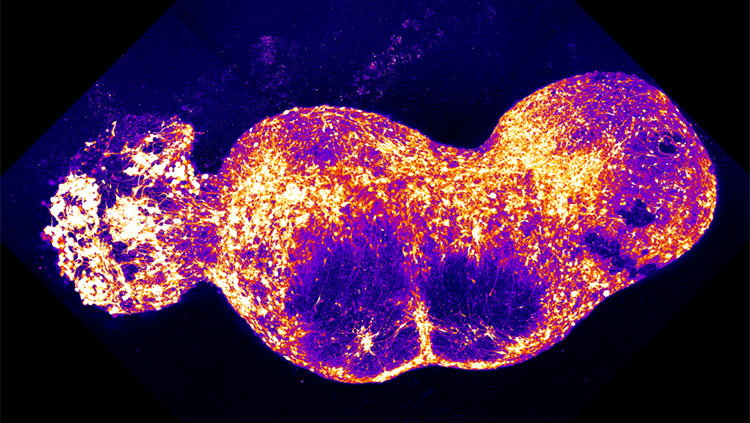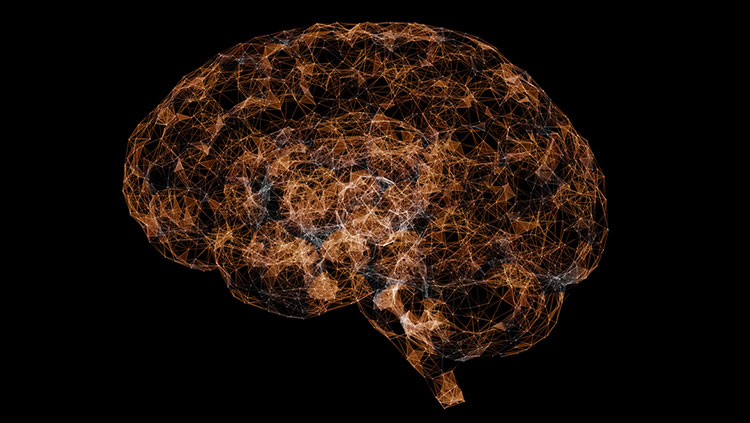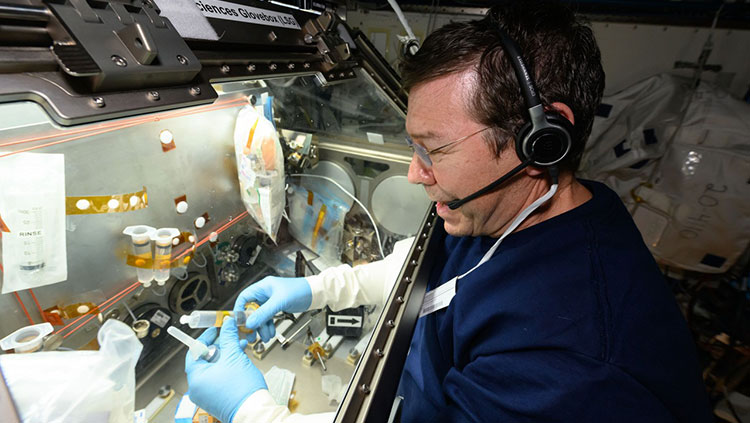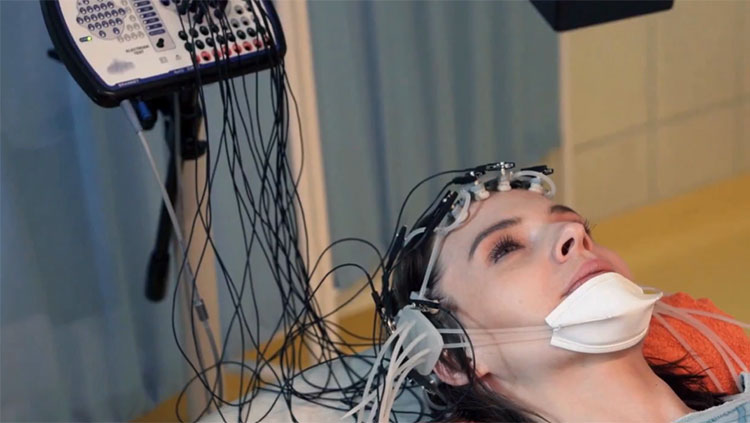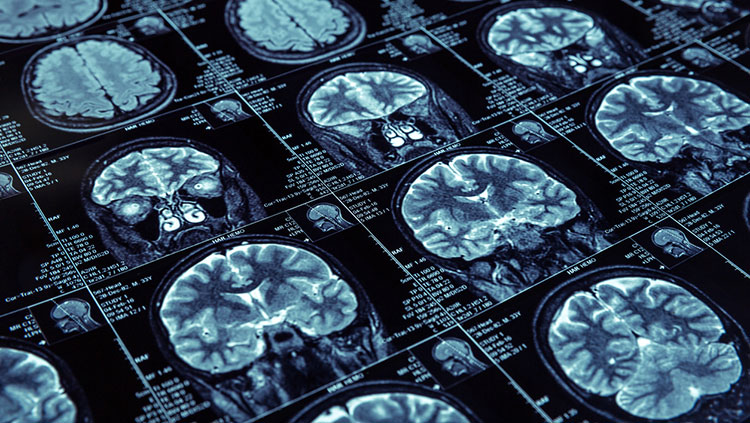Magnetic Resonance Imaging
- Published1 Apr 2012
- Reviewed1 Apr 2012
- Source BrainFacts/SfN
Providing a high-quality, 3D image of organs and structures inside the body without X-rays or other radiation, MRIs are noninvasive and unsurpassed in the anatomical detail they show.
MRIs tell scientists when structural abnormalities first appear in the course of a disease, how they affect subsequent development, and precisely how their progression correlates with mental and emotional aspects of a disorder. In some instances, they can even reveal minute changes that occur over time.
During the 15-minute MRI procedure, a patient lies inside a massive, hollow, cylindrical magnet and is exposed to a powerful, steady magnetic field. Different atoms in the brain resonate to different frequencies of magnetic fields. A background magnetic field lines up all the atoms in the brain.
Then a second magnetic field, oriented differently from the background field, is turned on and off many times a second; at certain pulse rates, particular atoms resonate to and line up with this second field. When the second field is turned off, the atoms that were lined up with it swing back to align with the background field. As they swing back, they create a signal that can be picked up and converted into an image. Tissue that contains a lot of water and fat produces a bright image; tissue that contains little or no water, such as bone, appears black.
A different MRI procedure can also assess the path of fiber tracts in the brain; that is, the connectivity between regions. This technology, referred to as diffusion tensor imaging, takes advantage of diffusion rates of water, which tend to be higher along fiber tracts, to produce high-resolution images of how areas may connect in the brain.
MRI images can be constructed in any plane, and they are particularly valuable in studying the brain and spinal cord. The images reveal the precise extent of tumors rapidly and vividly and provide early evidence of potential damage from stroke, allowing physicians to administer proper treatments early, when they can have an impact.
CONTENT PROVIDED BY
BrainFacts/SfN
Also In Tools & Techniques
Trending
Popular articles on BrainFacts.org



